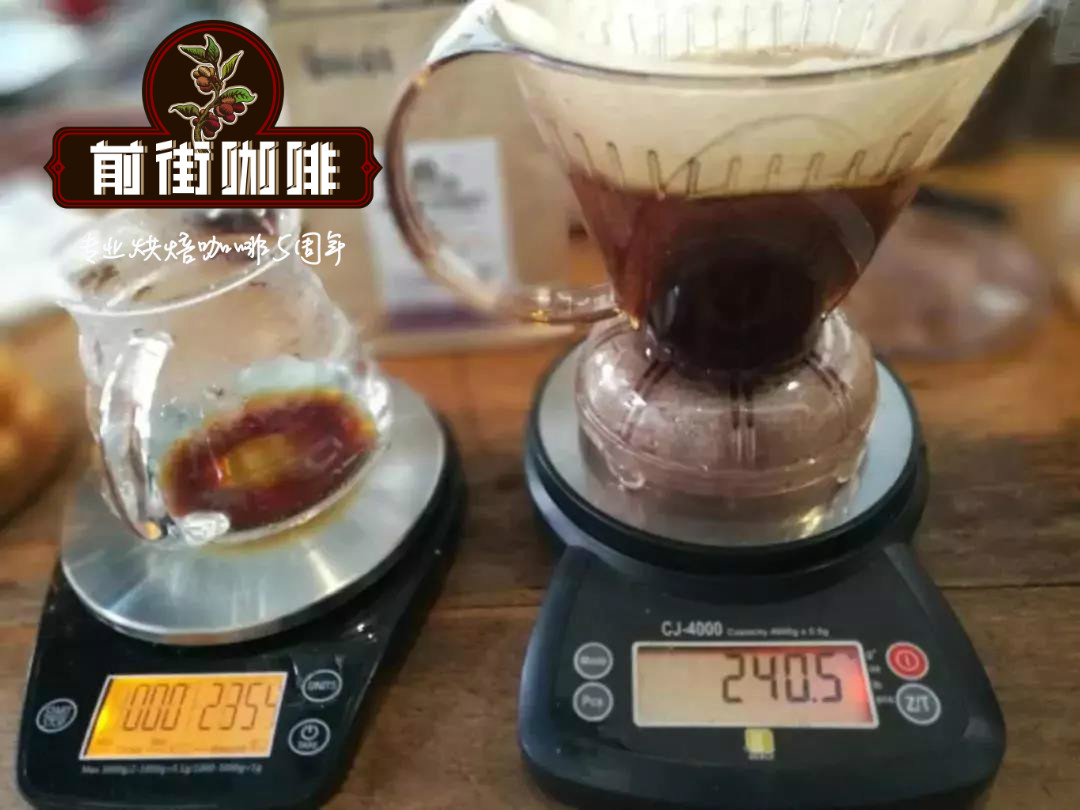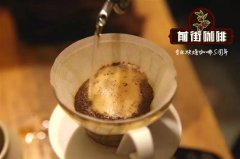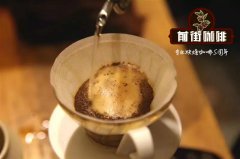Brazil COE Champion Manor-Queen Manor Coffee beans what is the quality?

Product name: Brazil COE Champion Bourbon Peel Day (Brazil Rainha Yellow Bourbon Pulped Natural) tasting description: lemon curd and soft flowers, fruit curd, sweet spices, cut cedar, luscious chocolate, sweet sugar taste, product area: s ã o Paulo (Alta Mogiana) area, Fazenda Rainha (Queen Farm). Variety: bourbon (Yellow Bourbon), grade: Nmax A, altitude: average 1300 m, treatment: peeling day Delivery date: ▶ Queen's Cup 2014 COE Excellence Cup 13th place 2013 COE Excellence Cup (peeling day group) No. 02 2012 COE Cup Excellence Cup (peeling day group) 17th 2012 COE Excellence Cup (peeling day group) 2008 ★ 2011 COE Excellence Cup (peeling day group) 2010 COE Excellence Cup (peeling day group) 20th 2009 COE Excellence Cup (peeling day group) ) 06 2008 COE excellent Cup 14 2006 COE excellent Cup (peeling Day Group) 26th 2001 COE excellent Cup 03 2000 COE excellent Cup 02 Brazilian Coffee There are many kinds of coffee in Brazil, and like other Arabica coffee, most Brazilian coffee is not washed but dried, and it is classified by the name of the state and port of origin. Brazil has 21 states and 17 states produce coffee, but five of them produce the largest amount of coffee, accounting for 98% of Brazil's total output. They are Parana, Sao Paulo, Minas Gerais, Espirito Santo and Bahia. Parana in the south has the highest output, accounting for 50% of the total output. Brazilian coffee is characterized by low acidity, rich in oil, thick and full-bodied, medium-roasted and casserole-roasted formula beans. Brazil is vividly compared to the "giant" and "monarch" of the coffee world because it is the world's largest coffee producer. There are about 3.97 million coffee bars in that province, and small farmers now grow 75% of Brazil's total output. The number of people producing coffee in Brazil is two or even three times that of Colombia, and Colombian coffee is the third largest coffee producer in the world. Brazilian coffee is generally planted in the flat area of the ground. In order to adapt measures to local conditions, Brazilian farmers have developed improved Arabica coffee bars that do not require highland or shelter ten years ago, which can be planted on plains or grasslands and are directly exposed to barren. it is different from the method of shelter cultivation at high altitude. Fazenda Rainha (Queen Farm) is located in the Alta Mogiana area of S ã o Paulo, to the north of the city. This award is well-known in Brazil and is owned by the Carvalho Dias family. Since the first Brazilian COE Grand Prix in 1999, Carvalho Dias has won it every year, winning more than 12 times in 7 years, and even won the championship, 9th, 11th, and so on in 2004. There are many big stars in Brazil, and they have hoped to be admitted to the club for many years, but please, this family has taken away many awards in the past four years. On the other hand, Fazenda Rainha enjoys the following records: 2000 troops, 2001 troops, and 29th place in 2005. So far, the Queen has won three awards. Bourbon beans are sweet and dry, and the use of sunburn (or half-day curd) will make them slightly sour, but combine well with sweetness and have the aroma of sweet fruit. The Carvalho Dias family is the founding member of the Brazilian Fine Coffee Association, which is obvious to the conservation of coffee products and the protection of the environment. In the family farm, the use of natural waterfalls to generate water power generation to meet self-sufficient power demand (another permanent member of the family is named the waterfall after this waterfall) Construction of churches, classrooms, nurseries, medical stations, maintenance of primeval forests and sustainable afforestation. In the case of the Queen, for example, due to the low level of environmental protection, due to the high elevation of the ground and non-plain terrain, it is impossible to use machines for harvesting, and the harvest is achieved completely by hand. And planted a kind of bourbon with low yield and high quality to serve as the best representative of Brazilian coffee! This batch of queens (Fazenda Rainha) belongs to the Carvalho Dias family, which has been around for more than 116 years. Located in Malaysia near the high mountains of Minas, with an altitude of 1200 to 1400 meters above sea level, the annual rainfall is more than 1800 meters, but it does not cause torrential rain, and the average annual harvest is only 19 ℃. As a result, beans do grow slightly, but the land density is high, and the yield is small, but the flavor is not ordinary Brazilian plateau beans can be expected to be its back, and this dish is dominated by bourbon species, and there are even bourbon species that have been around for more than 110 years. In addition to planting bourbon, the way she deals with it is also another relationship between lemon and soft flowers, fruit curd, sweet spices, cut cedar, lush chocolate and sweet sugar.
Important Notice :
前街咖啡 FrontStreet Coffee has moved to new addredd:
FrontStreet Coffee Address: 315,Donghua East Road,GuangZhou
Tel:020 38364473
- Prev

What's the flavor of Brazil-Shenmu Manor coffee? Why is it called Shenmu Manor?
Manor: Divine Mu Manor Fazenda Sertaozinho Origin: Brazil Brazil producing area: Botris, Southern Minas Gerais altitude: 1200m varieties: yellow bourbon Yellow Bourbon raw bean treatment: sun treatment Natural baking degree: moderate Brazil COE third runner-up manor Shenmu Manor is located in the southern mountains of Minas Gerais, with a unique style.
- Next

The flavor of the winner of Genesis in the 2008 COE Cup in Costa rica.
Country: Costa Rica ■ Cup: world Export ■ region: Lourdes de Naranjo ■ processing: honey processing Miel ■ Harvest time: 2014 to reach ■: Villa Sarchi ■ Export: 17-18screen ■ Class: SHB Cup record: "World Coffee" We have re-introduced this high-quality coffee this year.
Related
- Detailed explanation of Jadeite planting Land in Panamanian Jadeite Manor introduction to the grading system of Jadeite competitive bidding, Red bid, Green bid and Rose Summer
- Story of Coffee planting in Brenka region of Costa Rica Stonehenge Manor anaerobic heavy honey treatment of flavor mouth
- What's on the barrel of Blue Mountain Coffee beans?
- Can American coffee also pull flowers? How to use hot American style to pull out a good-looking pattern?
- Can you make a cold extract with coffee beans? What is the right proportion for cold-extracted coffee formula?
- Indonesian PWN Gold Mandrine Coffee Origin Features Flavor How to Chong? Mandolin coffee is American.
- A brief introduction to the flavor characteristics of Brazilian yellow bourbon coffee beans
- What is the effect of different water quality on the flavor of cold-extracted coffee? What kind of water is best for brewing coffee?
- Why do you think of Rose Summer whenever you mention Panamanian coffee?
- Introduction to the characteristics of authentic blue mountain coffee bean producing areas? What is the CIB Coffee Authority in Jamaica?

